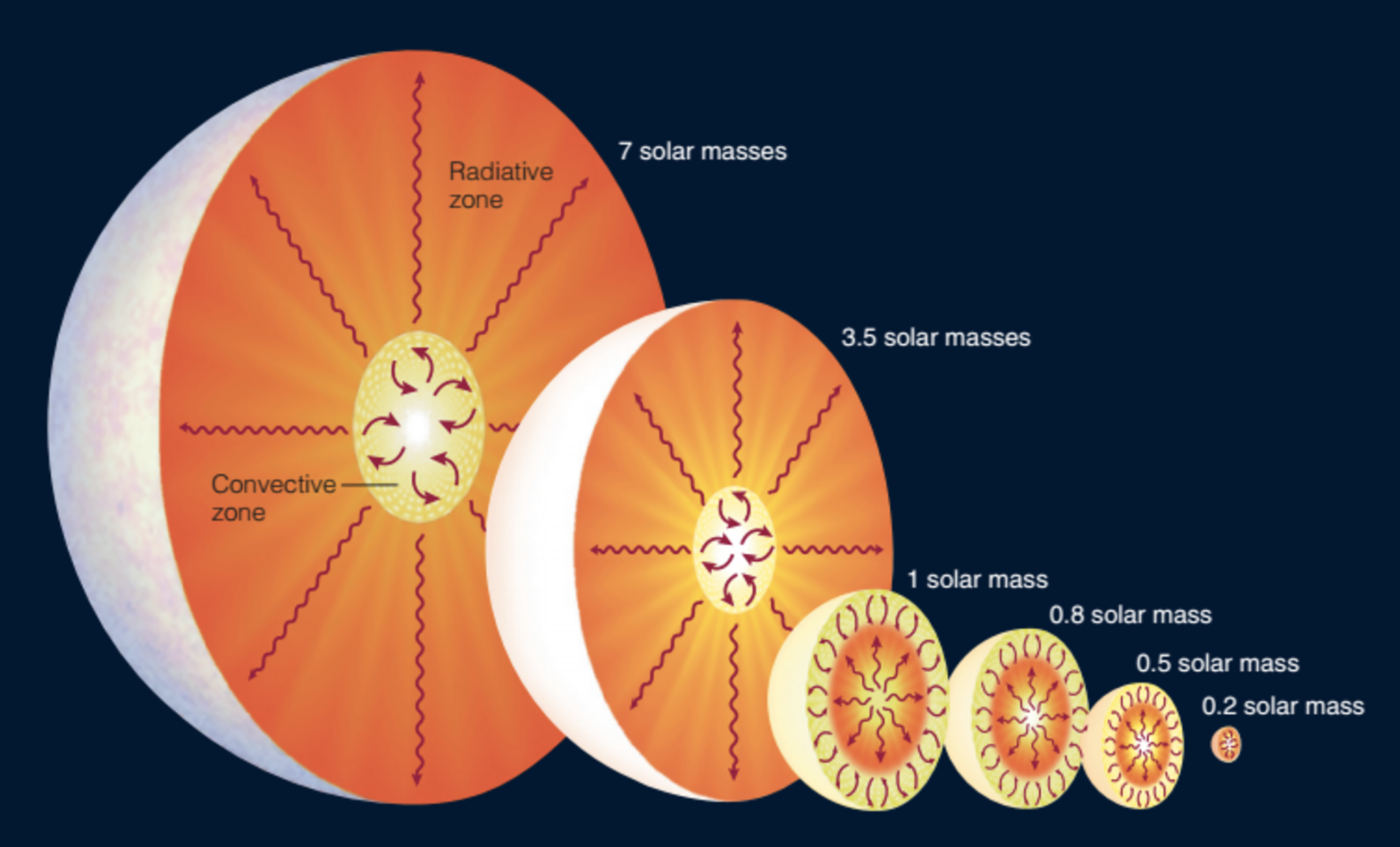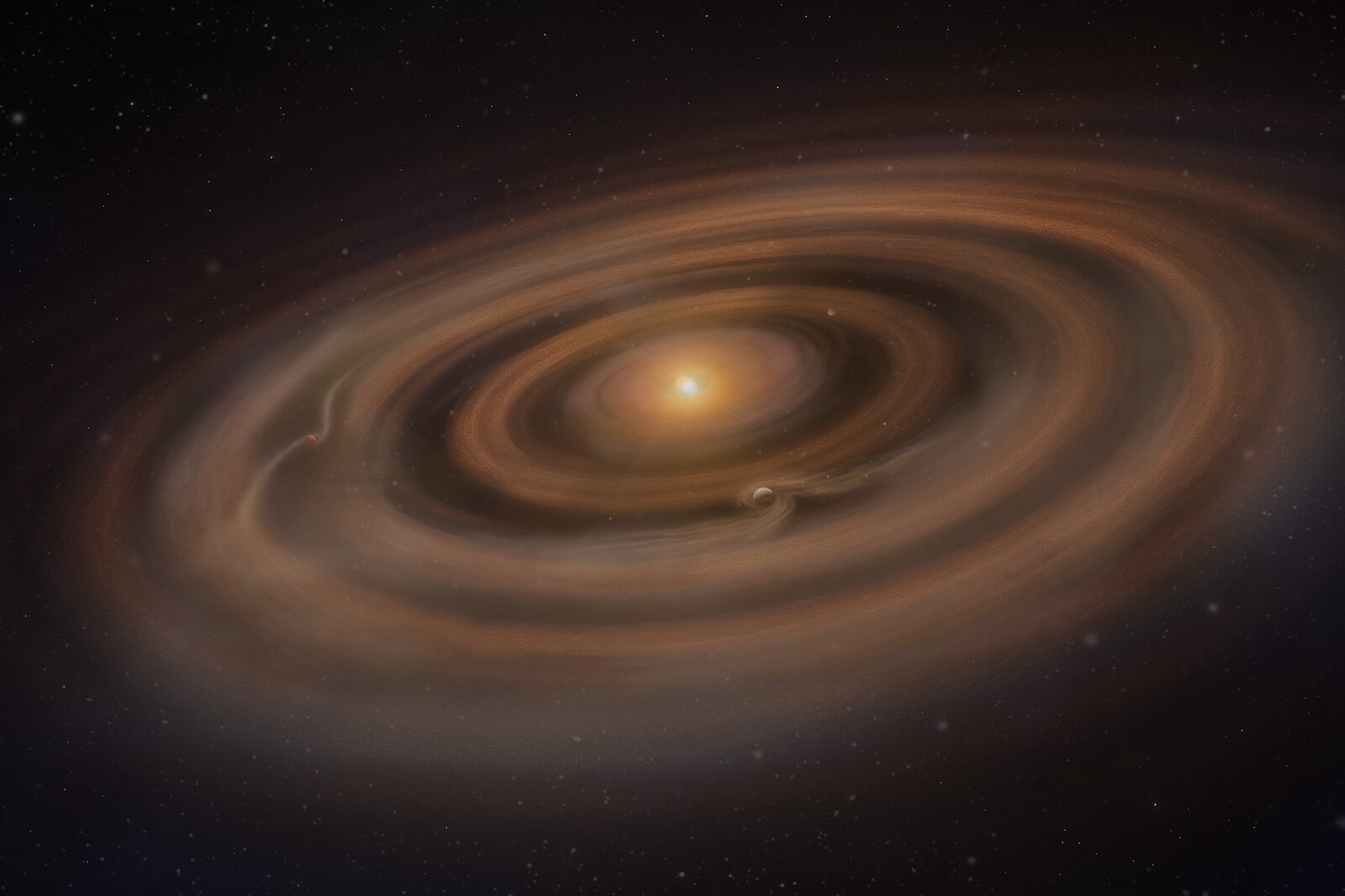New clues on how planet formation can mask the real properties of their star
The Instituto de Astrofísica de Andalucía (IAA-CSIC) co-leads a study exploring the connection between the presence of a planet around a star and the star’s properties
The study, focused on intermediate-mass stars, has revealed particularly significant results compared to what is already known about low-mass stars
According to the latest data from NASA’s Exoplanet Archive, over 5,800 exoplanets have been confirmed to date. Of these, only about 5% orbit stars with intermediate solar masses—that is, between 1.5 and 2.5 times the mass of the Sun. This low proportion may be largely due to the challenges involved in detecting planets around this type of star. When stars are of low mass—similar to or smaller than the Sun—their smaller size and lower brightness make it easier to detect planets using techniques such as the transit method, which identifies a slight dip in a star’s brightness when a planet passes in front of it from our viewpoint. However, in the case of intermediate-mass stars, which are larger and more luminous, these planetary signals are much harder to detect.
In order to better understand the relationship between the properties of these stars and the presence of planets, a study recently published in the journal Astronomy & Astrophysics analyzed a sample of 131 intermediate-mass stars at different stages of their evolution. “Despite the complexity of intermediate-mass stars, we were able to infer correlations between the presence of planets and the metallicity of their host stars,” explains Giovanni Mirouh, researcher at the Instituto de Astrofísica de Andalucía (IAA-CSIC) and second author of the study.
THE KEYS TO A DYNAMIC RELATIONSHIP
In low-mass stars, a positive correlation has been established between their metallicity—the proportion of elements heavier than helium—and the presence of planets. “Planets form more easily in disks around stars with higher metallicity, since these disks contain more of the elements that make up planets,” says Giovanni Mirouh (IAA-CSIC).
When analyzing the sample of intermediate-mass stars, the research team identified a similar correlation, though with significant nuances. In more evolved intermediate-mass stars, the relationship between metallicity and the presence of planets remains positive, as is the case with low-mass stars. However, in young intermediate-mass stars, the pattern is reversed: a higher occurrence of planets is observed around stars with lower metallicity. This unexpected result could be related to changes in the surface composition of these stars at different evolutionary stages.
To explain this phenomenon, researchers at the IAA-CSIC computed stellar models specific to the mass range in question, in order to assess the mixing properties in the stars’ outer layers.

This image shows the convection/radiation in a star when it is on the main sequence - most of its lifetime - as a function of its mass: we see that stars of a mass comparable to that of the Sun are convective near the surface, while more massive stars are radiative. Credits: Michael A. Seeds (2016)
THE ROLE OF PLANETS IN THE SURFACE COMPOSITION OF STARS
During the formation of a star, it is surrounded by a disk of gas and dust known as a protoplanetary disk. This disk plays a key role in the planet formation process, as it provides the material needed for their development. As planets form, they “steal” a significant portion of the heavy elements present in the disk. The remaining material, poorer in metals, falls onto the central star in a process known as accretion. As a result, the star ends up incorporating gas with a lower metal content than the original protoplanetary disk.

Artist's impression of a protoplanetary disc with forming planets redistributing gas and dust around them. Credit NSF/AUI/NSF NRAO/S.Dagnello
In low-mass stars, because they have convective zones in their outer layers, this metal-poor material is rapidly mixed throughout the star, making the effect almost undetectable. However, in young, higher-mass stars, the outer layers are initially radiative, which limits the mixing of this material. This causes the metal-poor gas to remain at the surface, and if the star’s composition is measured at that time, it will appear to have fewer metals than it actually does. Over time, these more massive stars develop convective zones in their outer layers, allowing the surface material to mix with the interior and revealing the star’s true metallicity.
This finding confirms that planet formation can temporarily mask a star’s true properties, and highlights the importance of accounting for stellar evolution when studying planetary systems. “Identifying this issue is the first step toward solving it,” says Giovanni Mirouh (IAA-CSIC).
To advance our understanding of the link between the presence of planets and metallicity in intermediate-mass stars, it will be necessary to increase the number of known systems and more precisely characterize the properties of their stars. In this regard, the European Space Agency’s PLATO mission—in which the Instituto de Astrofísica de Andalucía (IAA-CSIC) is involved through the development of its two main electronics units and pre-launch science planning—will be key. PLATO will systematically use asteroseismology to study stars with planets, allowing researchers to relate stellar evolution to the evolution of planetary systems.
- “Intermediate-mass stars and the origin of the gas-giant planet-metallicity correlation”
- https://doi.org/10.1051/0004-6361/202453328
- Giovanni Mirouh - gmirouh@iaa.csic.es
- Instituto de Astrofísica de Andalucía (IAA-CSIC)
- Unidad de Divulgación y Comunicación
- Amanda López – alm@iaa.es
- Emilio García – garcia@iaa.es - 649 407 445 (vía whatssap)
- Celia Navas - navas@iaa.es
- https://www.iaa.csic.es
- https://divulgacion.iaa.csic.es

